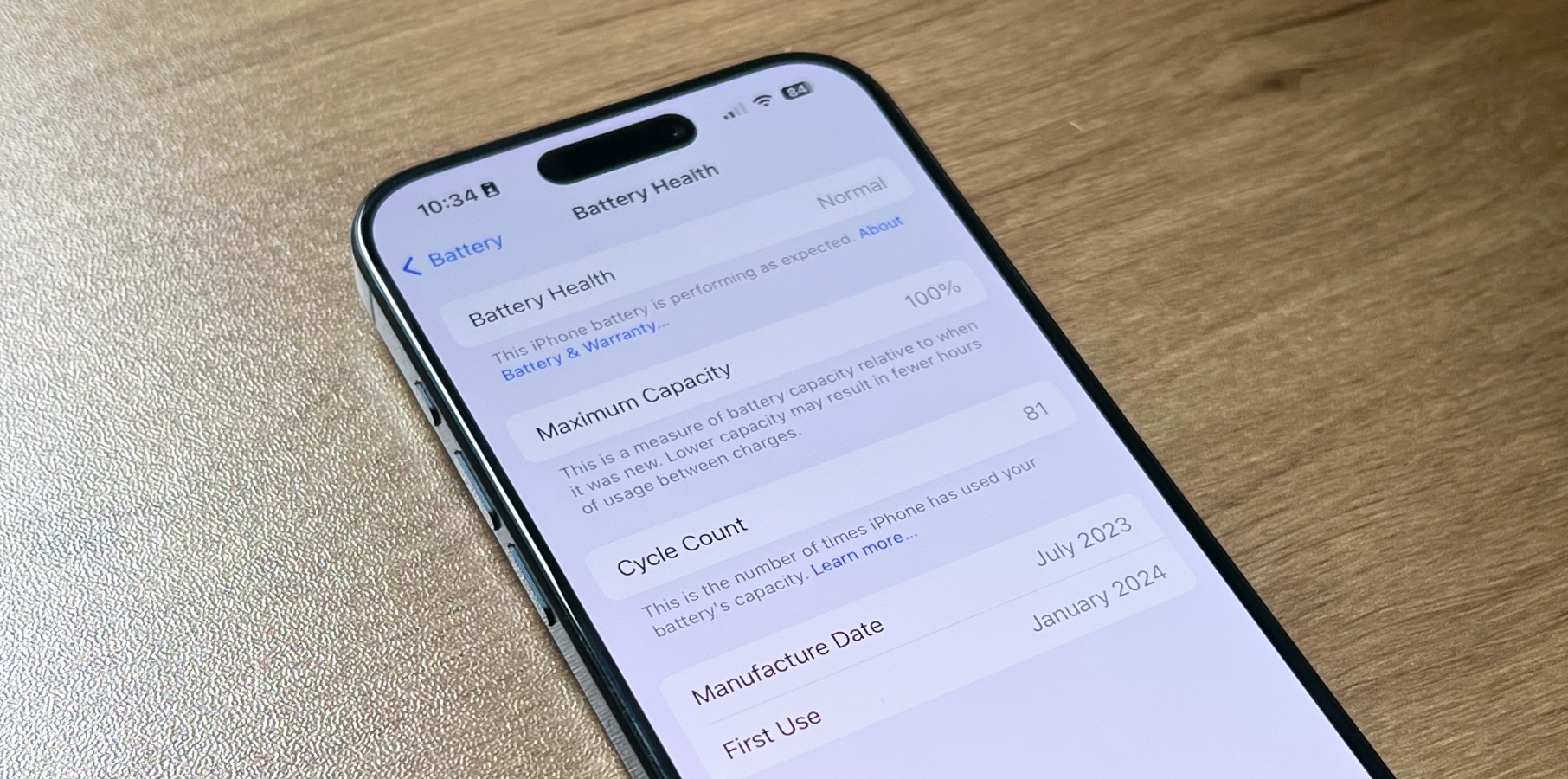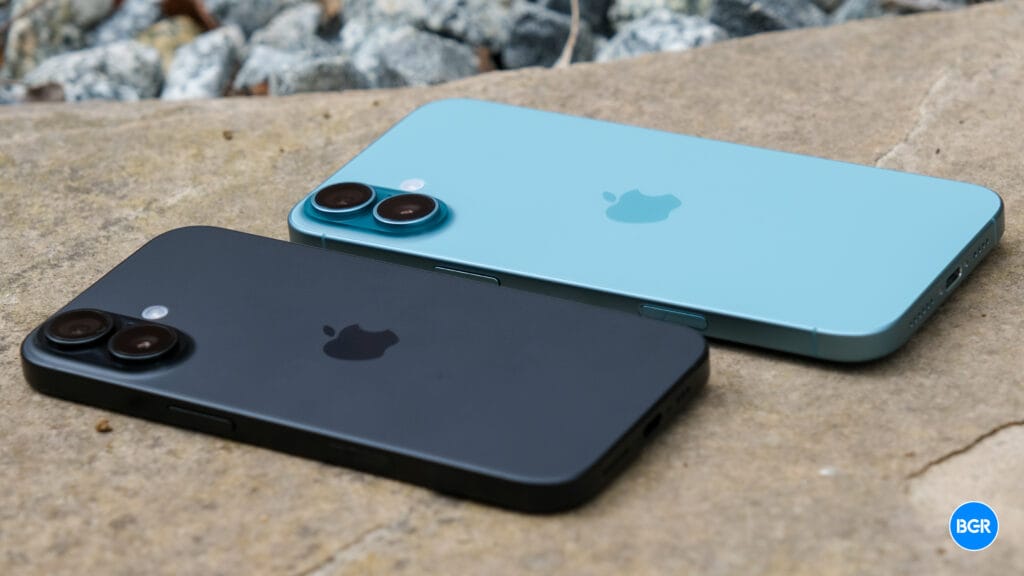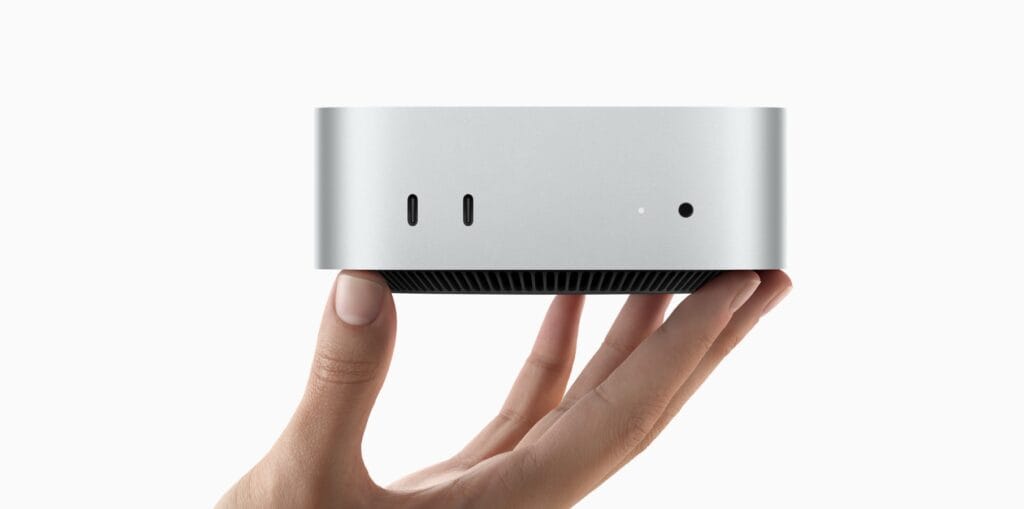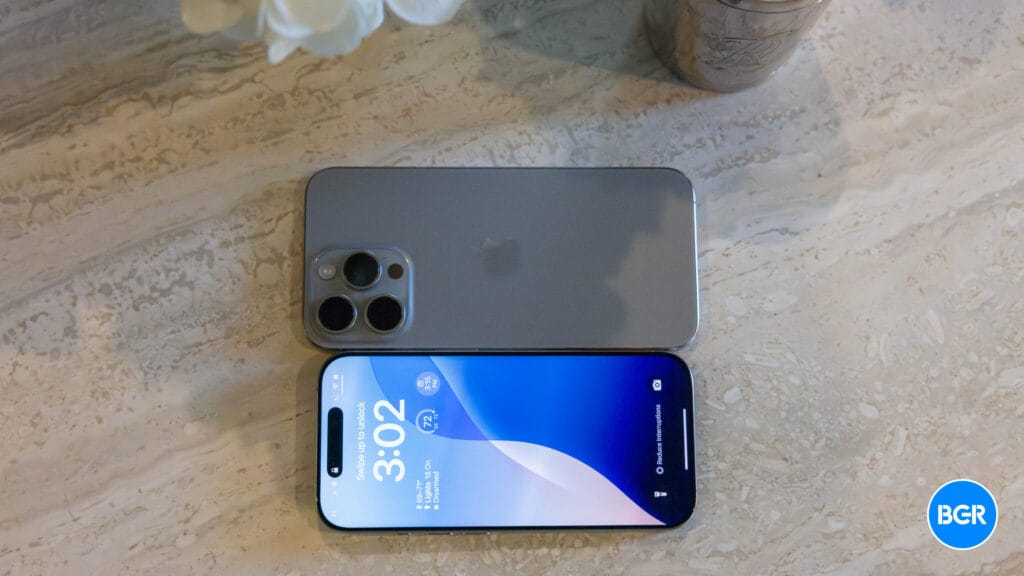The iPhone 15 series introduced a new battery health setting that was exclusive to the new phones last year. You can limit the maximum charge to 80%. The idea is that you’ll extend battery health in the process. It’s a terrific setting to use if you plan on keeping the iPhone for several years before upgrading to a new model.
All iPhone batteries degrade over time, so you’ll want to keep them above 80% for the longest possible period. Preventing charging over 80% could help with that. On that note, you can set a higher limit if you want to avoid hitting 100% and get a longer battery life.
I saw no reason for Apple not implementing the same feature on older iPhones. I wanted the same battery setting on my iPhone 14 Pro but never got it. There is a way to prevent the iPhone battery from reaching 100%, but it involves using a shortcut and paying attention to the handset.
Fast-forward to September 2024, and we have the results of the experiment we needed. MacRumors’ Juli Clover used the 80% limit for an entire year on the iPhone 15 Pro Max and posted the results. Spoiler alert: they’re not spectacular. But they’re also not bad either.
Tech. Entertainment. Science. Your inbox.
Sign up for the most interesting tech & entertainment news out there.
By signing up, I agree to the Terms of Use and have reviewed the Privacy Notice.
I still think there’s a use case for the setting, but I also think it needs tweaking. That is, I think some people should not even bother with it anymore, whether they’re using an iPhone 15 phone or switching to the iPhone 16.
The report said they prevented the iPhone 15 Pro Max from charging above 80% for an entire year “with no cheating.”
After a year, battery health dropped to 94% after 299 cycles. The battery stayed above 97% for most of the year, “but it started dropping more rapidly over the last couple of months.” It’s unclear whether the phone was used to test iOS 18 during the summer, which I’ve found to have impacted my iPhone 14 Pro’s battery life.
Clover said the phone was charged mostly with USB-C with MagSafe charging getting about a 30% share. The battery would usually get “quite low” before charging, and most charging was done in a room at 72 degrees.
So how does this carefully charged iPhone 15 Pro Max compare to others? Clover posted the battery health and number of cycles for two other MacRumors staff members who also use the same phone without limiting the charging capacity:
- Current capacity: 87%. Cycles: 329
- Current capacity: 90%. Cycles: 271
The immediate conclusion is that the 80% charge limit didn’t seem to make a big impact compared to charging the phone to 100%. Battery health is better for Clover’s iPhone after a year, but not by much.
 How to check iPhone 15 battery cycle. Image source: José Adorno for BGR
How to check iPhone 15 battery cycle. Image source: José Adorno for BGR
I thought we’d see a bigger difference, but now that I think of it, I don’t know what I was really expecting. Again, battery life will degrade, even if you’re very careful about it.
There might be cases where it’s better to have a fully charged phone working for you rather than one capped at 80%. The report does say there were times when the iPhone battery ran out.
However, there is one upside. If you plan on using an iPhone 15 or 16 for three or four years, limiting the maximum charge capacity might work in your favor. You’ll be able to reduce battery degradation to make the most of your iPhone without feeling you have to replace the battery. That’s another option for users looking to use their iPhones for several years.
After two years, my iPhone 14 Pro’s battery health is at 88%, and I almost never charge it to 100%. I could easily keep it for another year before worrying about battery health. The iPhone 15 and iPhone 16 models will be even better, as battery health should stay at least at 80% for 1,000 cycles, which is at least three years of use. Previously, iPhone batteries were guaranteed to retain 80% for 500 cycles.
Given the conclusion of this battery experiment, I plan on using the charging limit on the iPhone 16 Plus I’m about to switch to. But instead of 80%, I’ll go for something higher, probably 95%. That way, I won’t have to use a shortcut or pay special attention to the battery when charging.



